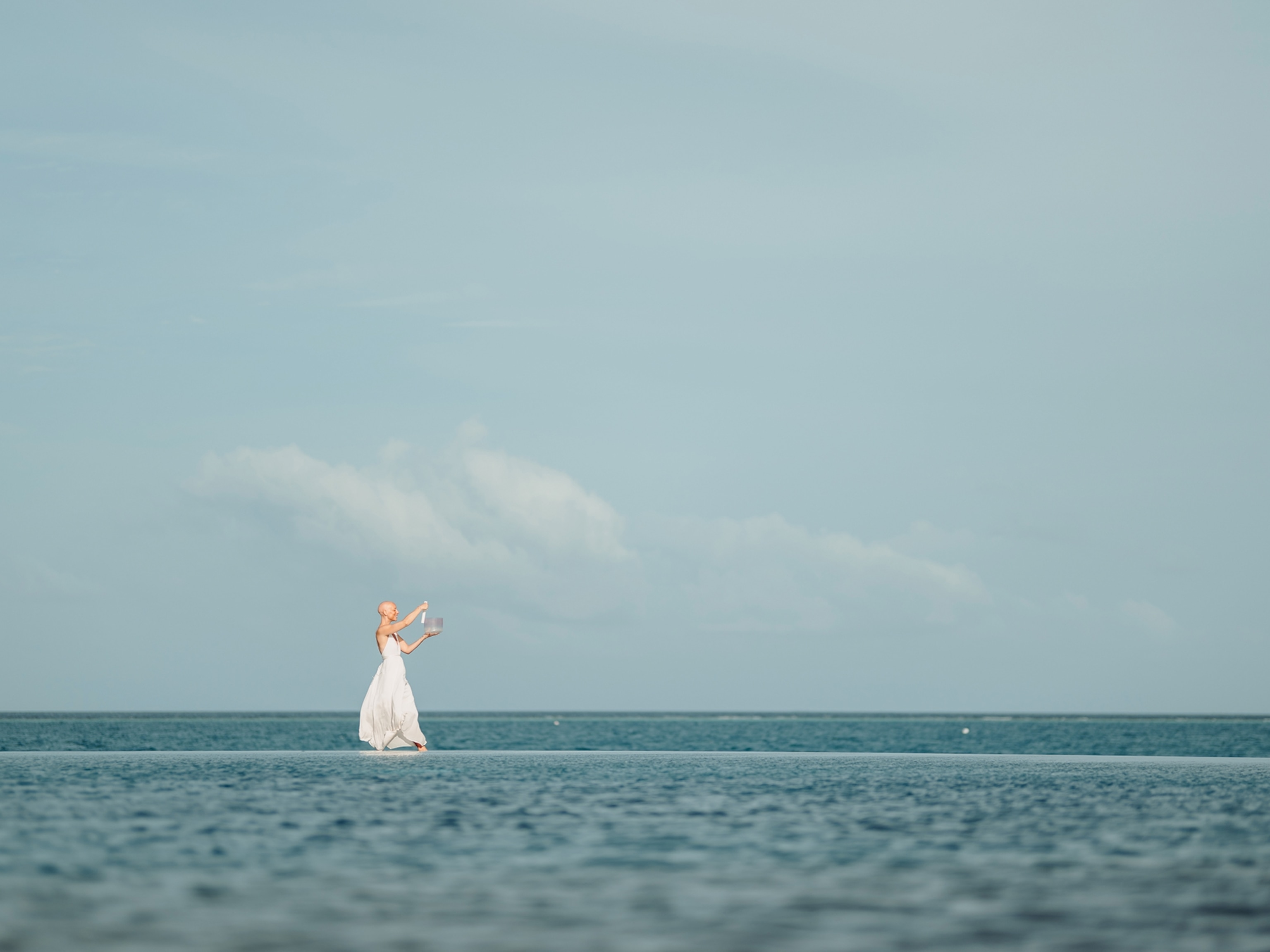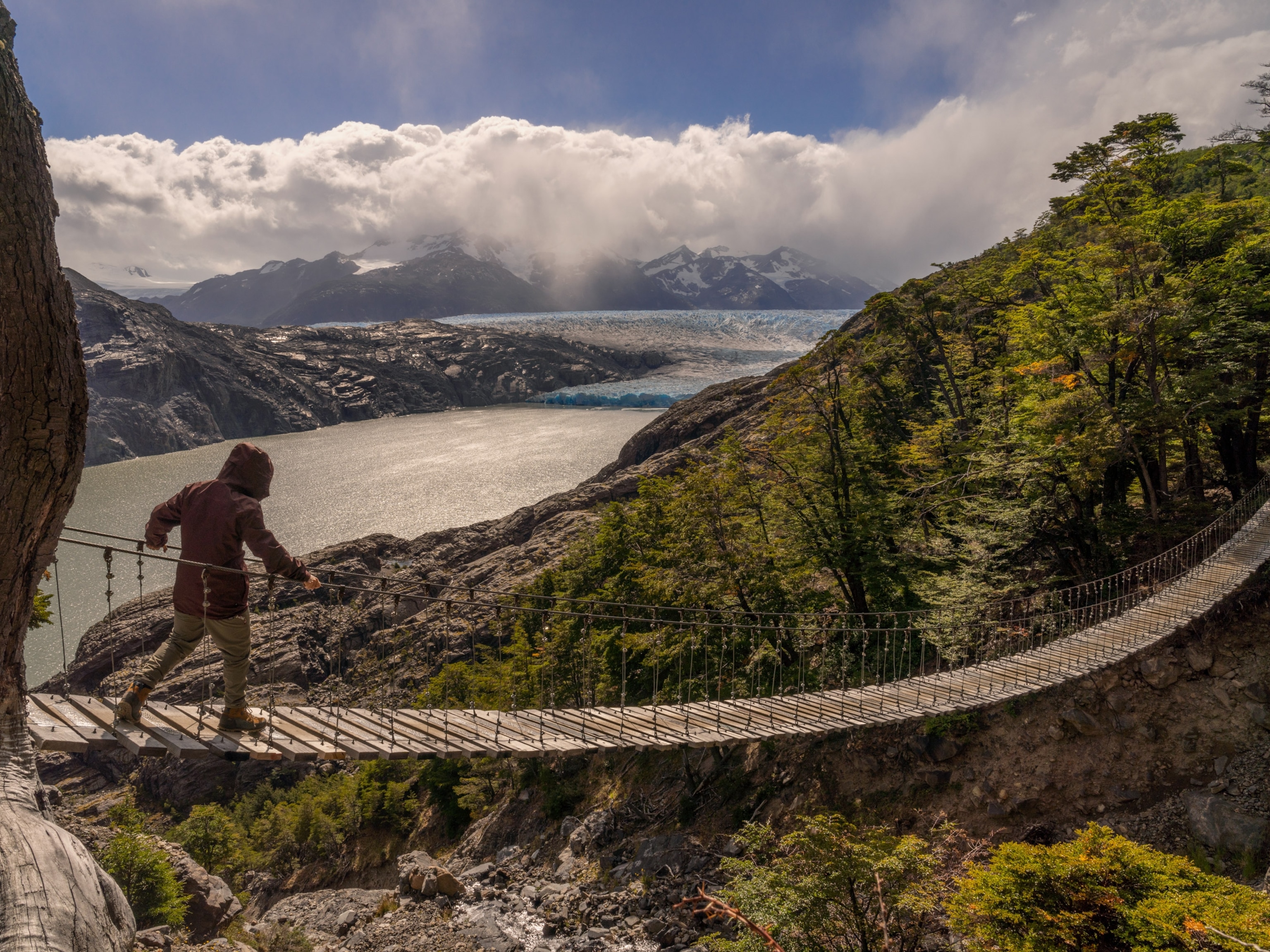Chasing Eclipses Across 7 Continents
Eclipse chaser Babak Tafreshi has traveled to seven continents for the seconds-long experience. To him, it is always worth the effort.
Total solar eclipses are addictive—so much so that they’ve created a new type of tourism. Eclipse chasers travel the globe to experience just a few minutes of totality, when the moon moves between the Earth and the sun and day becomes night. It’s an unforgettable experience, one that leaves you wanting more.
The narrow path of totality (when the moon's disk completely covers the sun) is typically 10,000 miles long but only about 100 miles wide. It covers less than one percent of Earth's surface. People outside the path may see a partial eclipse, but that is nowhere near the experience of a total one.
On average one totality happens somewhere on Earth every 18 months. A specific location will experience a totality every 375 years. That means that seeing a total solar eclipse is a once-in-a-lifetime experience (if that). Unless you’re an eclipse chaser.
My eclipse adventures began in 1995, at the age of 17, when home was Tehran, Iran. I made an overland journey of some 1,000 miles to the Afghanistan border to see 14 seconds of totality. I had a long list of photography tasks for totality but when it arrived I was just a caveman shivering at the power of nature. I clicked the camera only once.

Those tantalizingly brief shadow moments hooked me. On a rare occurrence, only four years later another eclipse came to Iran and I began to document the experiences on a decade-long filming project. Each eclipse has its own character.
In June 2001 I traveled to the African wilderness in Zambia, joining a photojournalist couple who had traveled from Europe for the eclipse. On the way to the path we shared eclipse glasses with tribal locals so they could see the partial phases safely. (That’s when it’s essential to protect your eyes.) On the eclipse centerline in Kafue National Park, sitting around a campfire under a star-filled sky, our small but international team revealed to me how eclipses can break cultural boundaries and bring people together. There I also felt how nature reacts to this unexpected sudden darkness. Starting a couple of minutes before totality, birds fly to their nests, a sudden odd silence falls, and insects jump out to celebrate the brief night.
In 2003 I traveled to an opposite extreme, voyaging to Antarctica aboard the Kapitan Khlebnikov icebreaker. My fellow travelers and I were the first humans to ever view a total solar eclipse from Antarctica. Sailing from Port Elizabeth, South Africa, the 100 passengers were from 15 countries. Several, including myself, suffered injuries during severe storms before we reached the calm Antarctic waters. Ice cracks, hidden by snow, posed another danger once the passengers ventured out. Sending anyone back to civilization was not an option; the next transport to the area would arrive months later.

On eclipse day, November 23, the chasers and I were on a thick shelf of ice in yellow parkas, mixed in with the large emperor and curious little Adélie penguins. Contrary to most other animals I have observed, the penguins around me had absolutely no reaction to the eclipse! The humans felt otherwise, on the icy bottom of the world, slowly drifting with the surrounding icebergs and the entire Southern Ocean below them.
In 2005 I documented two annular eclipses in Panama and Spain. Annular eclipses are when the moon doesn’t completely block the sun and a “ring of fire” forms around the moon. They never reach totality.
The March 2005 eclipse in Central America was special. It was a hybrid eclipse where it became total in one part of the path and in the rest it was a very thin broken ring of Baily’s beads.
For the August 2008 eclipse I was in the World Heritage area of the Altai Mountains in southern Siberia near Mongolia and Kazakhstan.
A year later, in July 2009, the longest total eclipse in the 21st century started in India and East Asia, and reached maximum totality in the Pacific Ocean. I was on a ship again, this time as a lecturer on a Costa Classica cruise with about 1,500 eclipse chasers. We became the only group that experienced six minutes and 42 seconds in the shadow (the longest possible totality is 7.5 minutes), viewed from the ship not far from Iwo Jima island, still a Japan military station.
The midday eclipse and tropical latitude placed the eclipsed sun at zenith. The solar corona around the dark moon resembled a single eye in the sky looking down to Earth. The totality was long enough to operate four cameras, look around at the horizon colors and a few visible bright stars and planets, gaze through binoculars at prominences on the solar edge, and even do a quick interview!
- National Geographic Expeditions
Not every eclipse adventure is a success. In 2010 I missed an amazing totality above the southern tip of Patagonia because the Argentina consulate didn’t issue visas to Iranian citizens. In 2013 a sudden sandstorm, only minutes before totality, created its own night in remote Turkana, northern Kenya.

Most recently, in March 2016 I was on the island of Ternate, Indonesia, photographing the eclipse above a spectacular chain of volcanoes rising above the ocean.
The next eclipse is already on the bucket list of millions: the Great American Eclipse, as it is being called, will occur on August 21, 2017. The path will cross 14 states.
Babak Tafreshi is a photographer and the founder of the World at Night (TWAN) photography program. Follow him @babaktafreshi.






